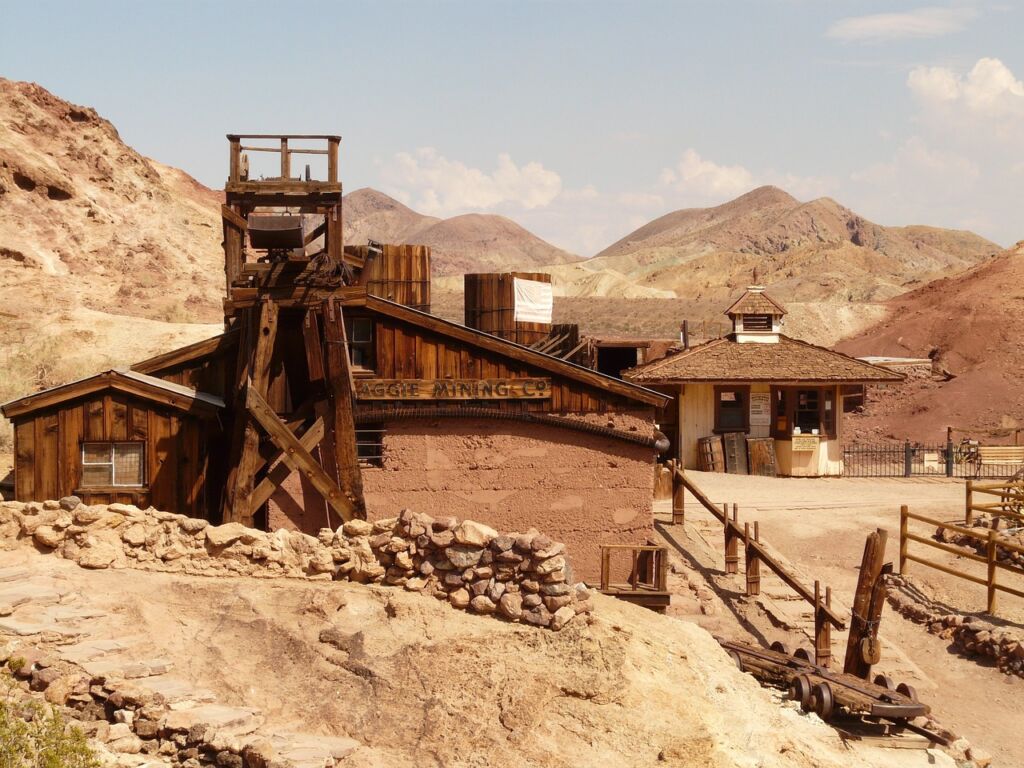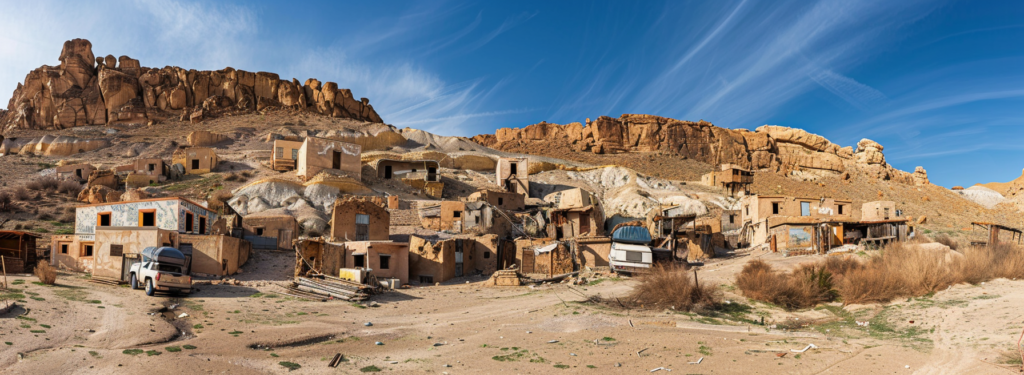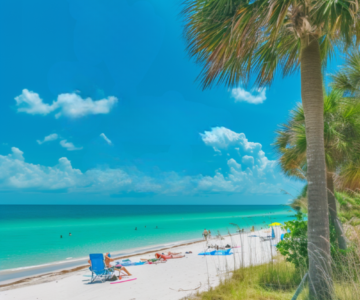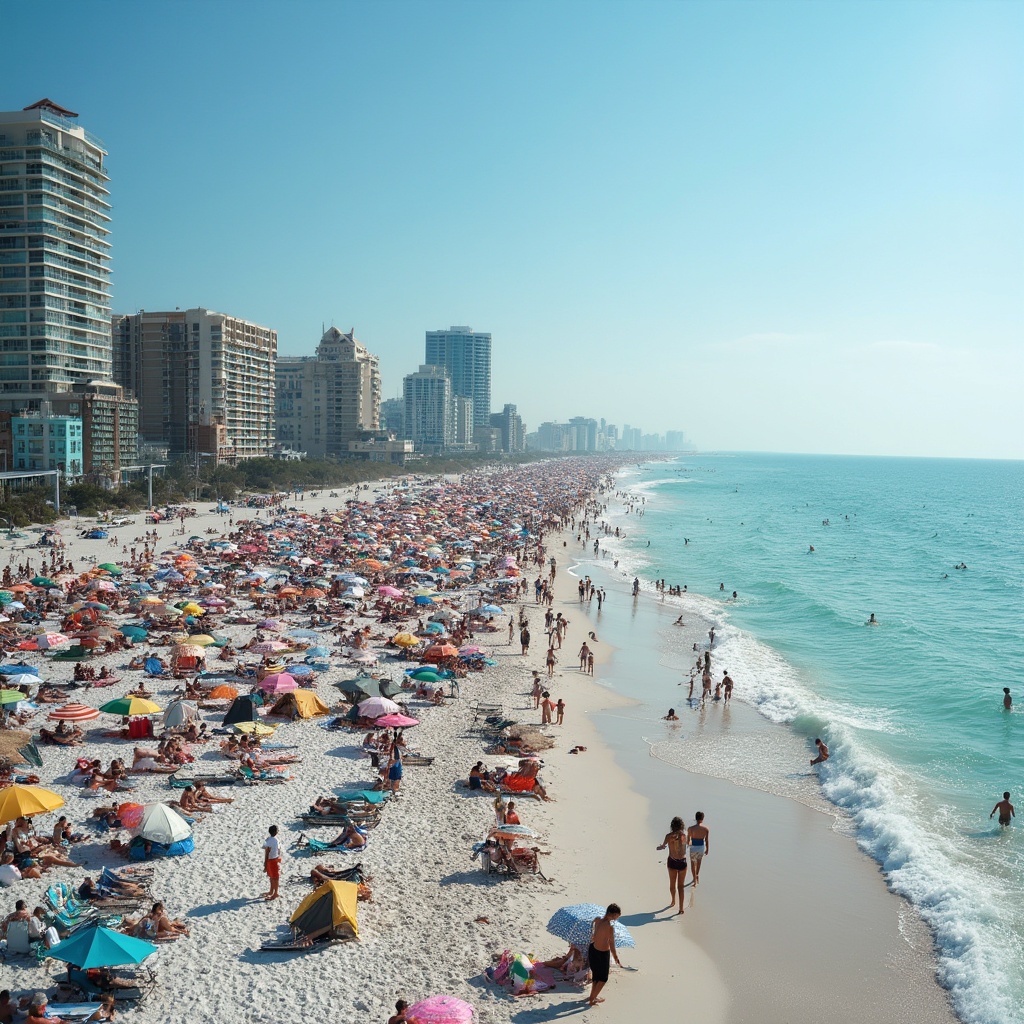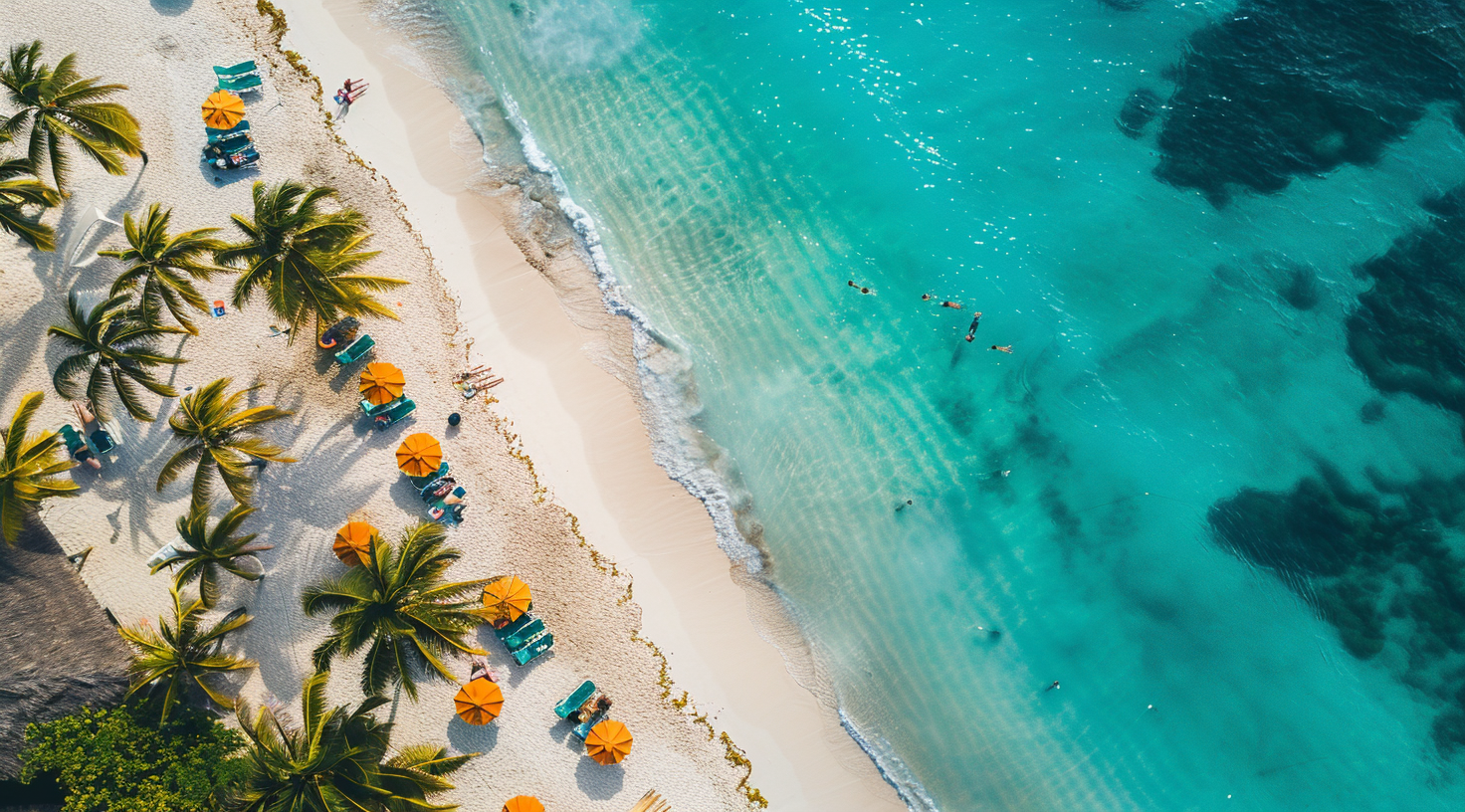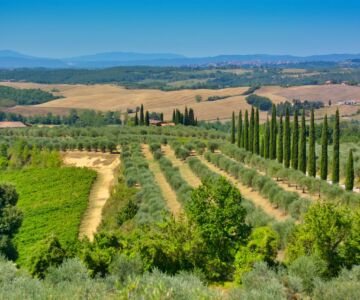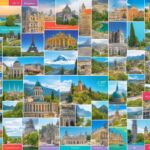The rolling hills of Tuscany shine in golden sunlight, inviting you to explore. Here, savoring is an art, an adventure through vineyards and olive groves. Start a journey of culinary experiences in Tuscany, where flavors change how we see travel.
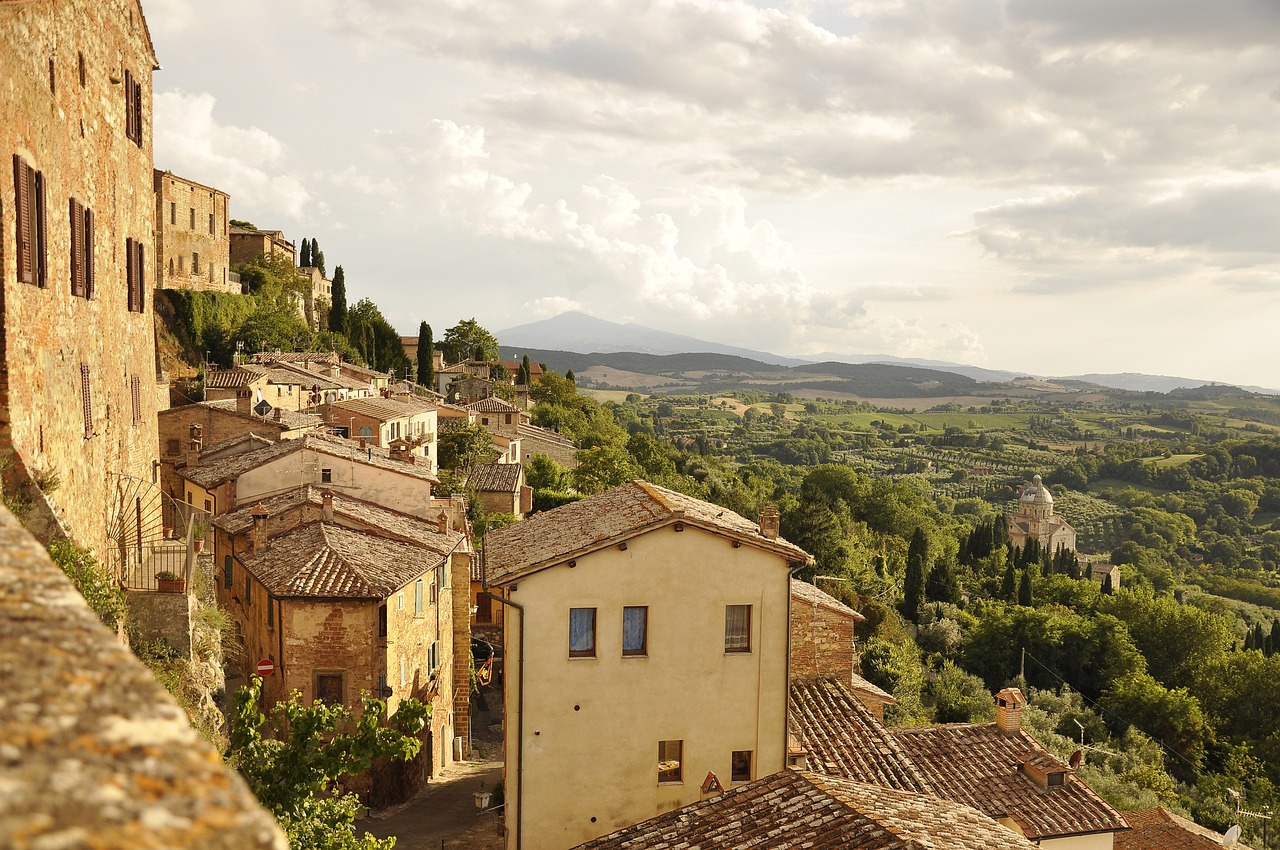
In Tuscany, food and art blend perfectly, asking visitors to enjoy every moment. The Tuscan T-Bone steak, or Bistecca alla Fiorentina, is a famous dish here. It shows off Tuscany’s food history. But there are many more flavors to discover in this beautiful countryside.
Try the strong olive oils and the ‘ammazzavampiri’—a spicy garlic canapé. Or taste the porcini mushroom, a symbol of Italian autumn. These dishes add real taste to every meal.
Tuscany is a dream for those who love Italy’s flavors and beautiful views. It’s where food and nature come together. Every dish here touches the soul and pleases the taste buds.
The Essence of Tuscany Food and Wine
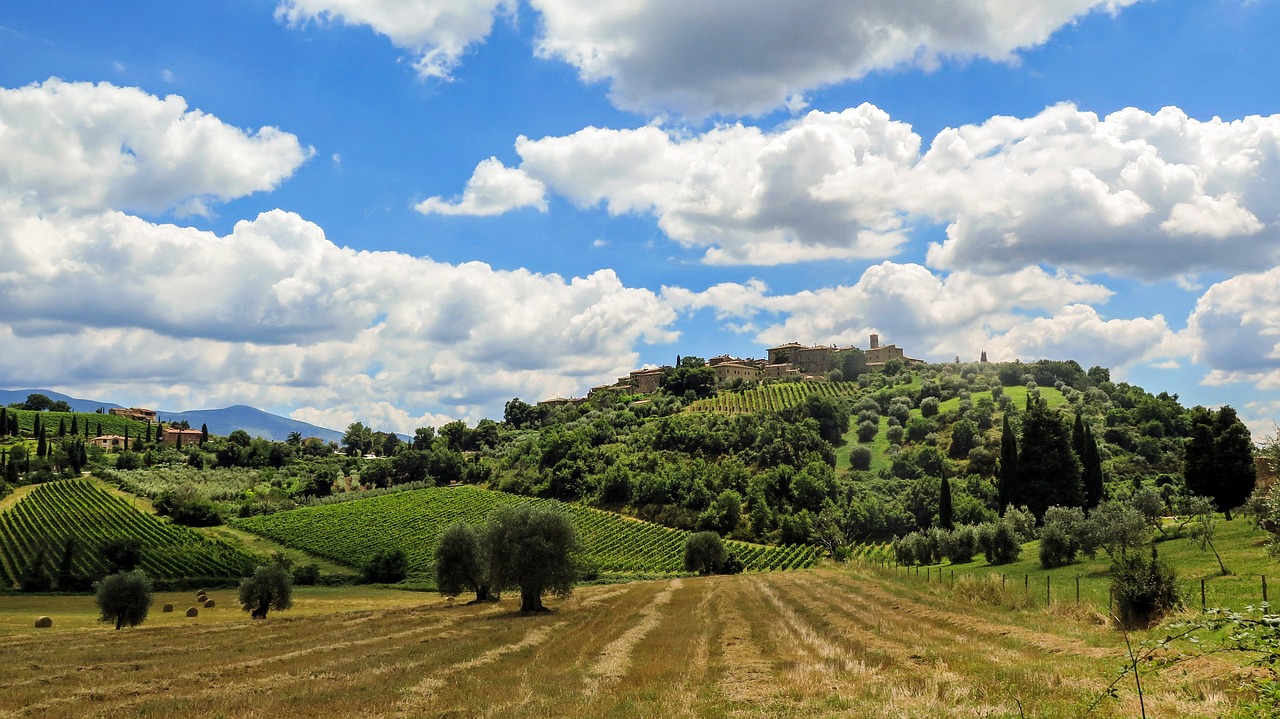
Exploring Tuscany Food and Wine culture is a journey into rich flavors and craftsmanship. The region’s vast Tuscany vineyards and traditional foods offer a unique culinary adventure. It’s perfect for both experts and newcomers.
A trip to Bolgheri is more than beautiful views. It’s a chance for a deep wine and food experience. Imagine enjoying a 2.3-hour private wine tasting with four unique wines. Each wine is paired with a four-course meal to enhance their flavors.
These pairings include local dishes like antipasto, pasta, cheese, and dessert. They highlight the Tuscany Food and Wine tradition. Plus, there are vegetarian options available with advance notice.
The tours are offered daily in English, French, and Italian. They’re great for both spontaneous and planned visits. For a deeper experience, there’s a 5-day tour with winery visits, local stays, and activities.
This experience combines luxury with tradition. It’s ideal for those wanting to truly understand Tuscany Food and Wine.
Embarking on Tuscany Wine Tours: A Journey Through Vineyards
For wine lovers, Tuscany wine tours are a dream come true. They let you explore Chianti and other famous vineyards in Tuscany. These tours are a chance to dive into the world of wine in one of Italy’s most beautiful places. They offer something for everyone, making each tour a unique experience.
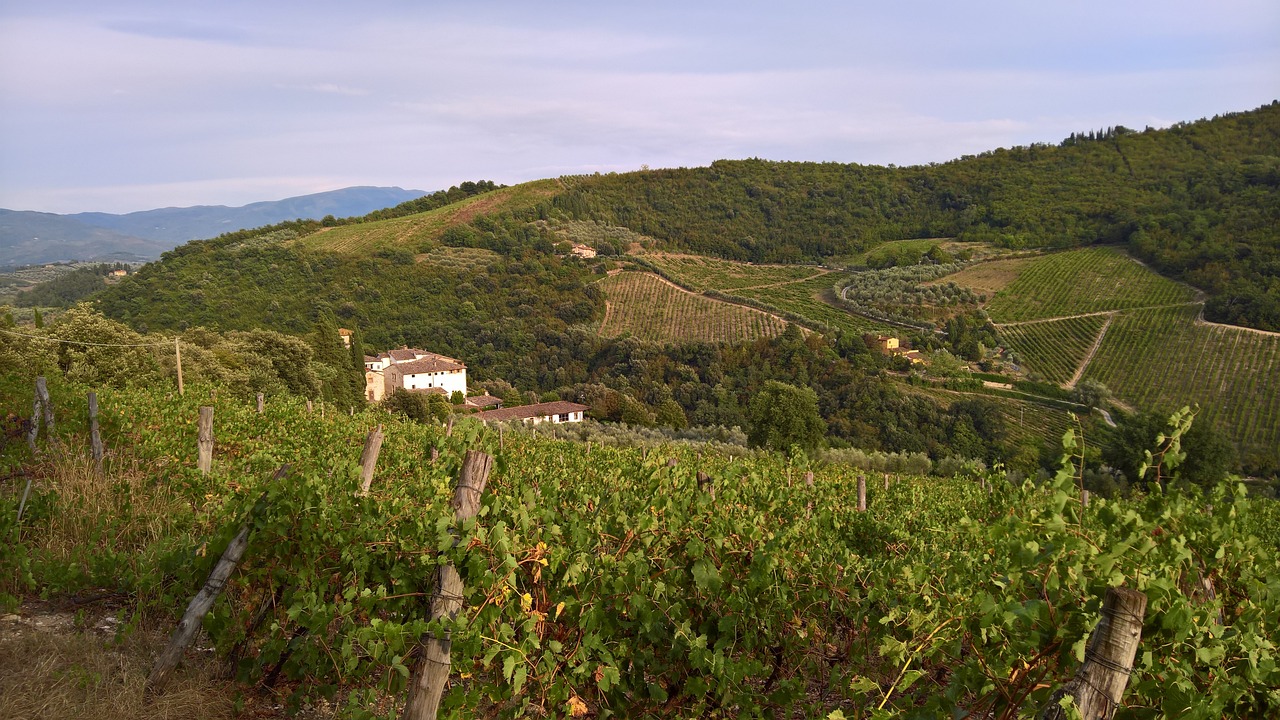
Grape Tours in Florence leads these adventures, with tours from half a day to several days. Tours usually have a small group of eight people, sometimes up to thirty for special events. This small group size means you get personal attention and learn a lot about Tuscan wines from experts.
On these tours, you’ll visit two to three wineries. You’ll see everything from classic Chianti wines to the luxurious Brunello di Montalcino. The tours end with tastings, where you can learn about the region’s climate, geology, and wine-making history. Some tours focus on biodynamic and organic Tuscany vineyards, showing how wine is made in a sustainable way.
Discover hidden gemsin Tuscany, where history and new wine-making techniques come together. These tours are more than just about wine; they let you experience the fun side of Tuscan culture. You might enjoy a leisurely ride through the vineyards, learn about different wines, or have a delicious meal in nature.
Prices for these tours range from €39.00 for ‘Pic Nic with Wine! Surrounded by Vineyards’ to €350.00 for ‘Chianti Classico Wine Experience’. There are also special activities like the ‘Pizza and Tiramisù Making Class in Chianti’ for €115.00. These activities mix cooking with wine tasting, making for a full experience.
Start a journey through Tuscany’s heart, where every path and every sip has a story. With beautiful landscapes, expert guides, and amazing wines, Tuscany wine tours are unforgettable.
Discovering Tuscan Olive Oil: A Legacy of Flavor
Exploring Tuscan olive oil takes you back in time, filled with tradition and unique flavors. A trip to a Tuscany olive oil mill is a must. Here, you’ll see how olives are selected, pressed, and bottled. Each step is key to making the high-quality oil Tuscany is known for.
The 2020 harvest was a standout, with oils as rich as those from the late 1990s. The Rare Wine Co. has been offering top-notch Tuscan olive oils since 1995. They say these oils are only about 10% the weight of the olives used, showing how intense and pure they are.
For those eager to learn more, courses are available from March to October. They’re taught in English and Italian. These classes help you appreciate Tuscan olive oil and how to pair it with the area’s famous food.
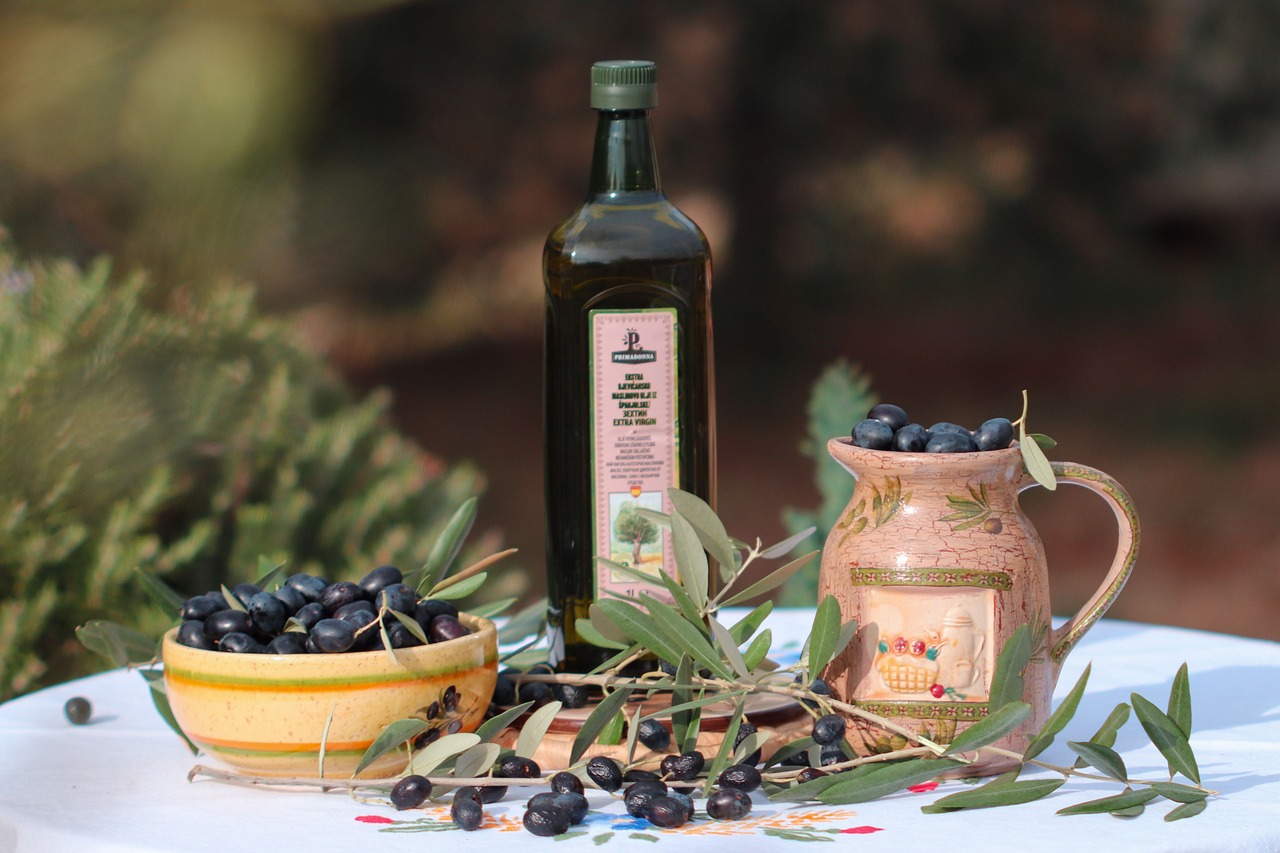
The Motherlode package from the Rare Wine Co. is great for olive oil lovers. It includes 36 bottles, one from each type they offer, at a special price. This lets connoisseurs enjoy different Tuscan olive oils at home. You’ll notice how each type, like Rufina or Chianti, has its own unique taste.
Wine and olive oil tours are a big part of Tuscany’s food scene. They offer real culinary experiences for visitors in Italy, a top tourist spot. Tuscan olive oil is more than just a taste; it’s a way to connect with Italian culture and its dedication to quality.
Traditional Tuscan Cuisine: A Gastronomic Adventure
Exploring Tuscan food is more than just eating. It’s a deep dive into Italy’s culinary traditions. Using a Tuscan food guide makes this journey even better. You’ll discover the rich flavors of Tuscany.
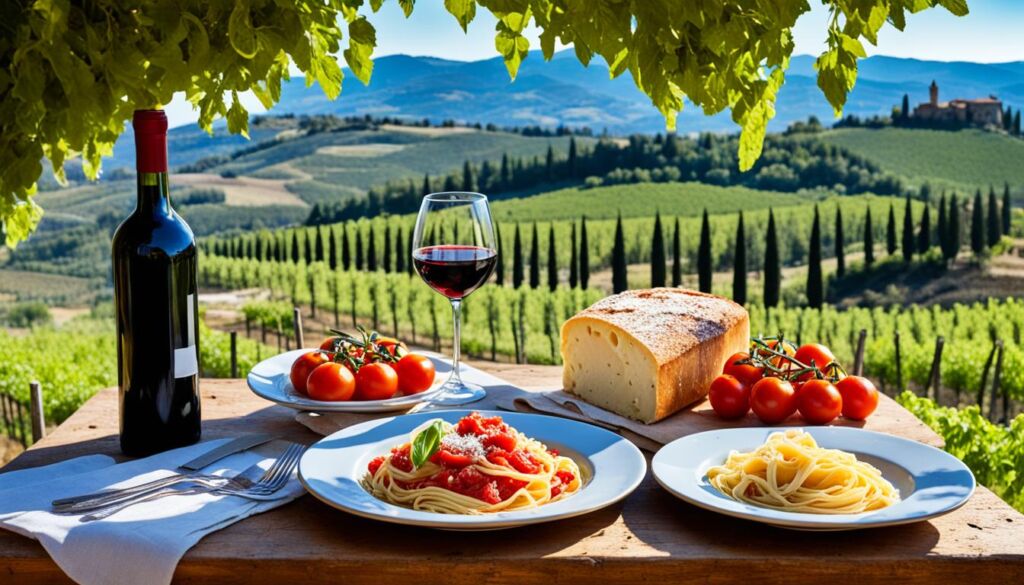
Olive oil is key in Tuscan cuisine. It’s used in over 70% of dishes, adding a robust flavor. This shows the region’s focus on healthy eating.
Wine is also crucial, with 80% of visitors enjoying wine tastings. Chianti wine is a favorite, enhancing traditional dishes.
Places like LA ROQQA and Scirocco Rooftop serve the beloved Acquacotta soup. This dish highlights the simple yet rich nature of Tuscan meals. Its popularity among tourists shows the region’s true culinary charm.
Trying traditional Tuscan meals is a cultural journey. It engages all your senses. The Tuscan food guide shows how each dish tells a story of the land and its people.
Tuscany’s food scene is diverse, from seafood to hearty dishes like Ribollita. The focus on olive oil and sustainable tourism highlights the region’s commitment to quality. This ensures a memorable Tuscan food experience for all.
Immersing in the Rustic Elegance of the Tuscany Countryside
Travelers flock to Tuscany to explore its flavors and culinary experiences. They find peace in the rolling hills and vineyards. The countryside offers more than just tastings and tours. It connects visitors with a slow, elegant lifestyle.
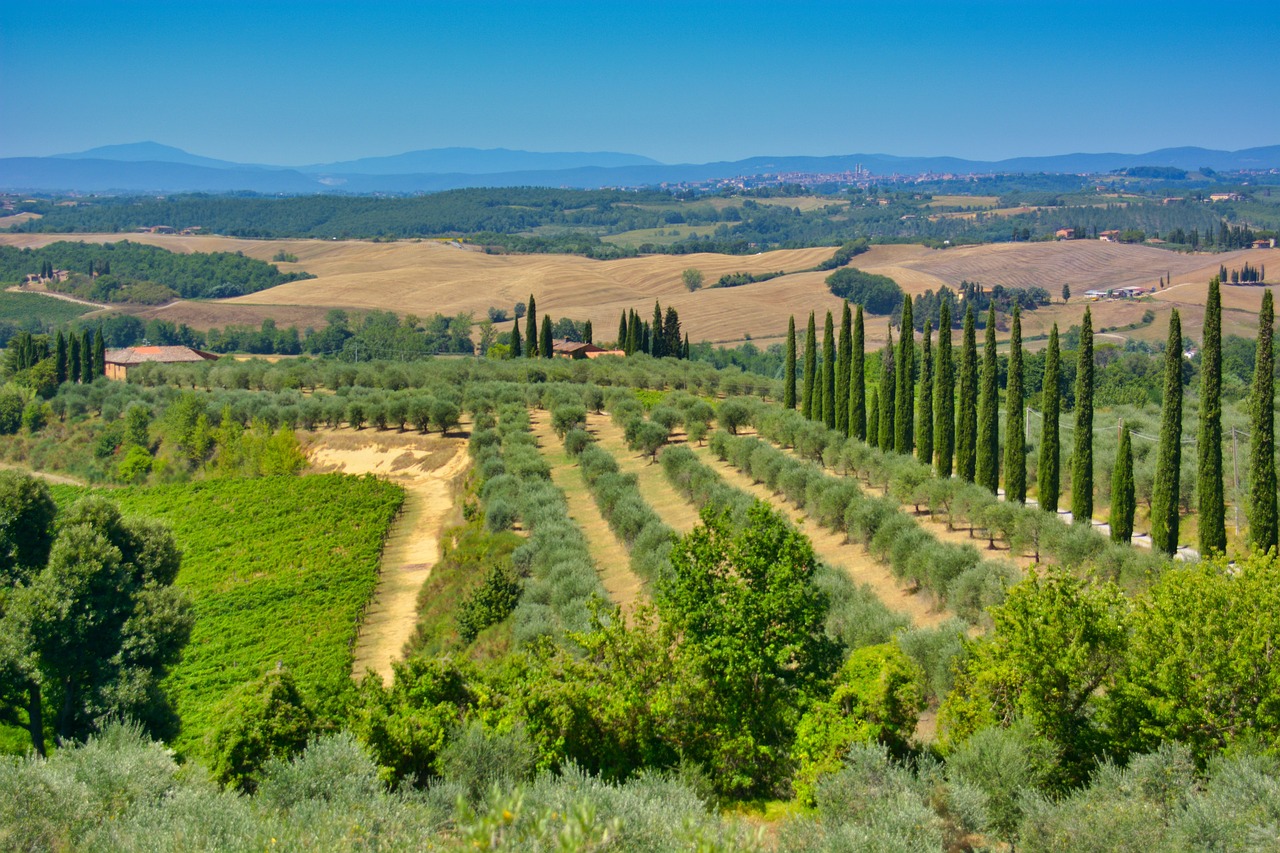
Places like Castel Monastero Resort and Spa draw people back with their charm. Guests return to the golden glow of Tuscany’s beauty.
In Chiantishire, the name comes from British tourists, and family vineyards like Castello di Spaltenna show off Tuscany’s food heritage. Guests stay in historic places like Castello di Spaltenna’s estate or Dimora Palanca’s boutique hotel. These spots blend into the region’s story and offer a lot to see and do.
Shoppers can find luxury in Florence, near Ponte Vecchio, with brands like Salvatore Ferragamo and Gucci. This adds a unique touch to the countryside.
Tuscany’s travel packages offer a real taste of the region. A 4-day trip starts with a morning departure from Florence. It includes visits to the Chianti Winery, San Gimignano, and Bolgheri wine tastings.
The cost, 4480€ per person, shows the tour’s exclusivity. Guests get top-notch care and stay in places like Montalcino and Viareggio. They also enjoy cultural visits, like Michelangelo’s David, making the trip unforgettable.
The Tuscan countryside offers a peaceful pace and delicious food. It’s a journey into Italy’s rural luxury. Here, the taste and soul are treated to a true Tuscan adventure.
